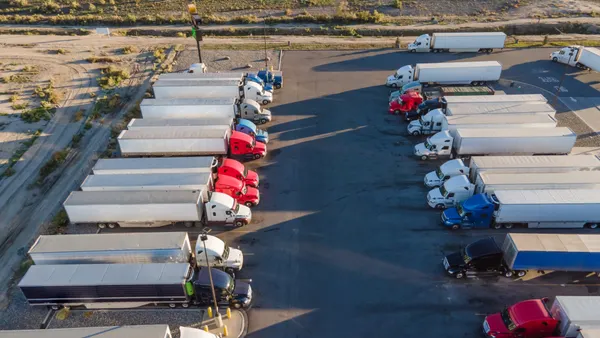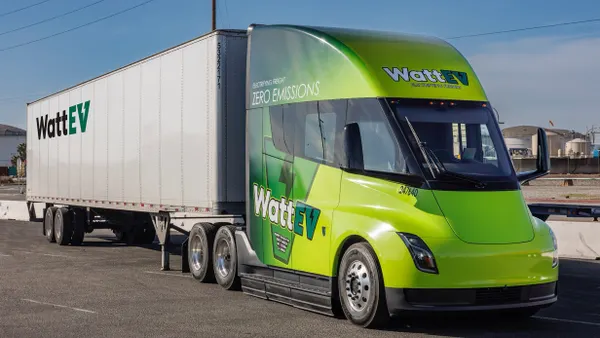Dive Brief:
- Old Dominion Freight Line is avoiding filling job vacancies for now as it seeks to leverage the savings gained from a lower headcount, executives said on a Q3 earnings call.
- The LTL carrier has been facing significantly higher fuel, parts, maintenance and labor costs since 2021. But company filings show a drop of just over 300 active full-time employees by the end of Q3 helped bring almost $31 million in savings versus Q2.
- “We've been simply letting attrition take care of our needs,” said President and CEO Gregg Gantt, while noting the company is still training drivers to ensure it stays well-positioned for the long-term.
Dive Insight:
The LTL carrier has been growing its driver force over the past year to prepare for higher capacity needs. But over the past few quarters, the company slowed its hiring spree and let headcounts drop as it seeks to mitigate rising salary, wage and benefits costs.
“We control that element of inflation,” said Adam Satterfield, the company’s senior vice president of Finance, CFO and assistant secretary.
In Q3, the carrier recorded $675 million in salaries, wages and benefits — a figure $25 million higher than the previous year’s costs, but lower than Q2’s high watermark of nearly $706 million.
The year-over-year increases in labor costs are a result of a few factors, according to the CFO. For example, the company has seen medical costs rise compared to last year and provided workers with a wage increase in September.
Reluctant to lay off employees as a way of cutting costs, the carrier instead chose to slow its hiring spree and embrace attrition as a way of balancing short-term goals with long-term workforce needs.
“We want to make sure that we stay ahead of the game and have got the capacity, we've got the people and we've got the fleet to be able to take advantage of the next up cycle whenever it starts,” Sattfield said.
It’s a balancing act the company has employed before, according to Gantt. At the start of the call, the CEO highlighted the company’s significant investments in its network over the past two years, saying the high-cost move helped it secure $2 billion more in revenue over the past two years, when other carriers had limited capacity.
“We believe a big part of our value proposition is having available capacities when our customers need it the most,” Gantt said.
That philosophy now extends to drivers. Despite the more laissez-faire approach to attrition, Gantt emphasized that Old Dominion would continue to run its driver schools so workers are ready for when volume needs grow.
“We did work an awful lot harder than we always had in years before to ramp up,” Gantt said. “So for sure, we will be a little more diligent on trying to maintain that driver force and keep it as high a level as we possibly can without negatively affecting productivity.”













